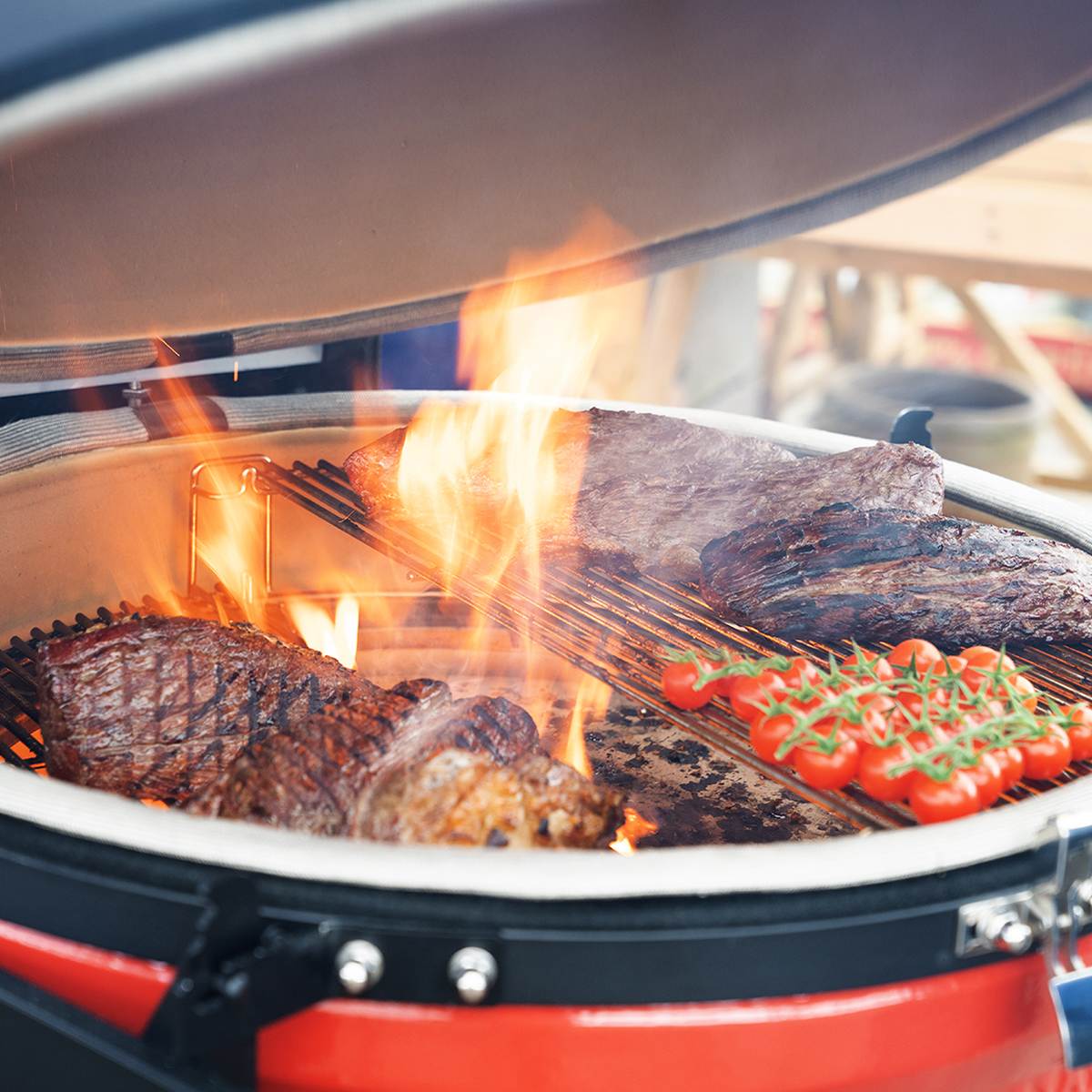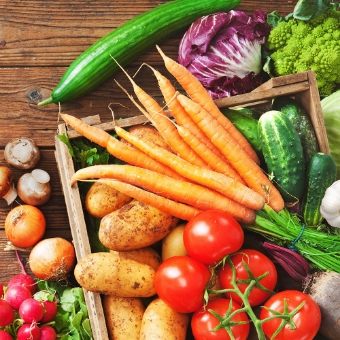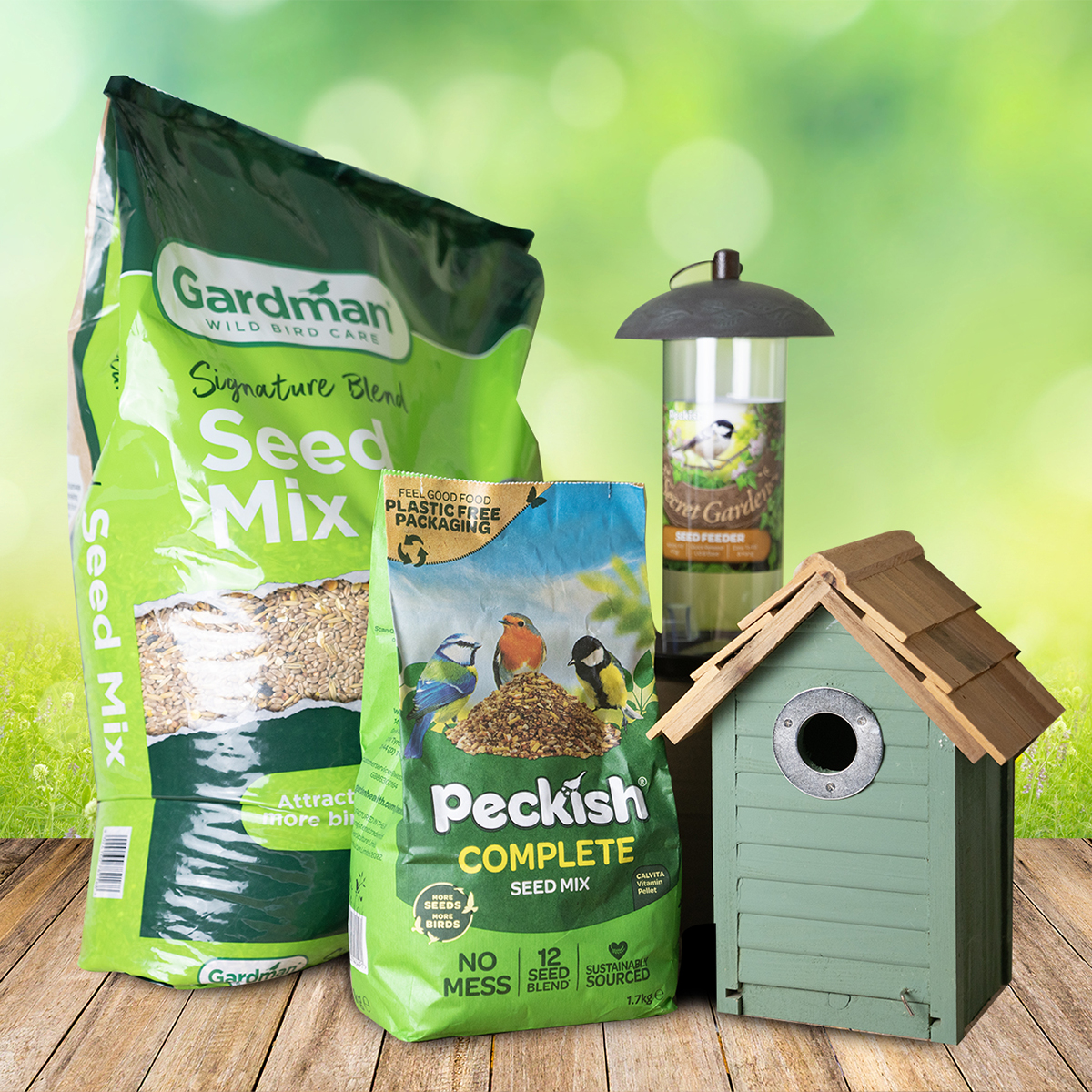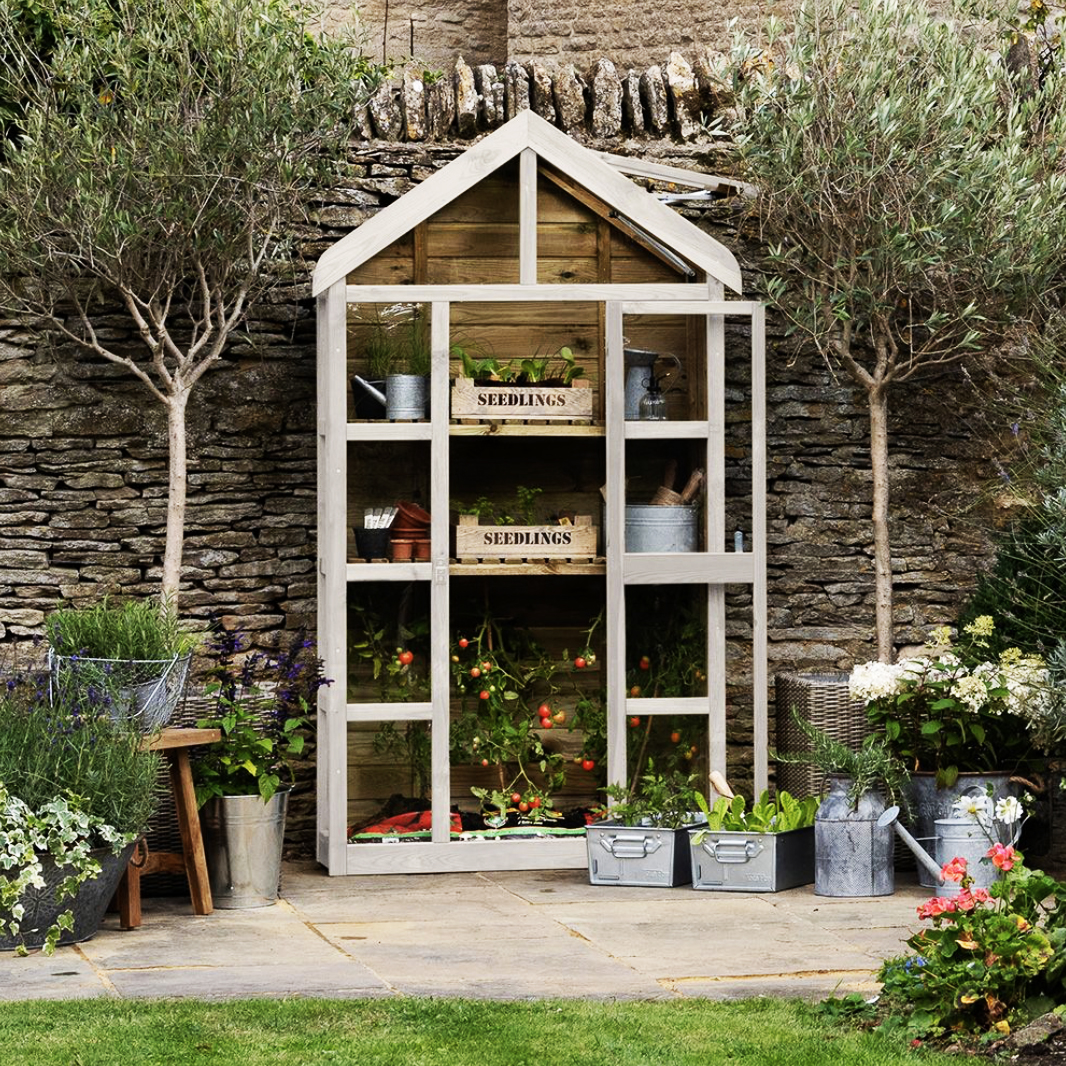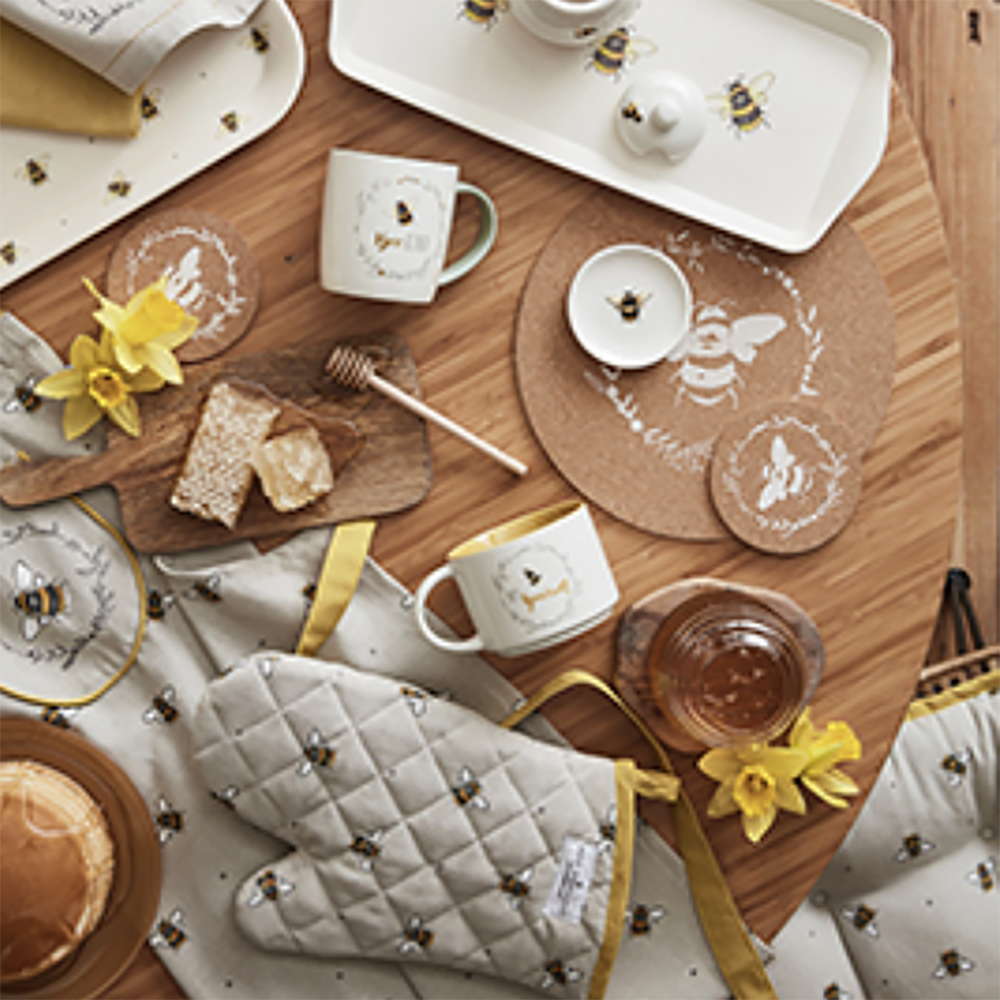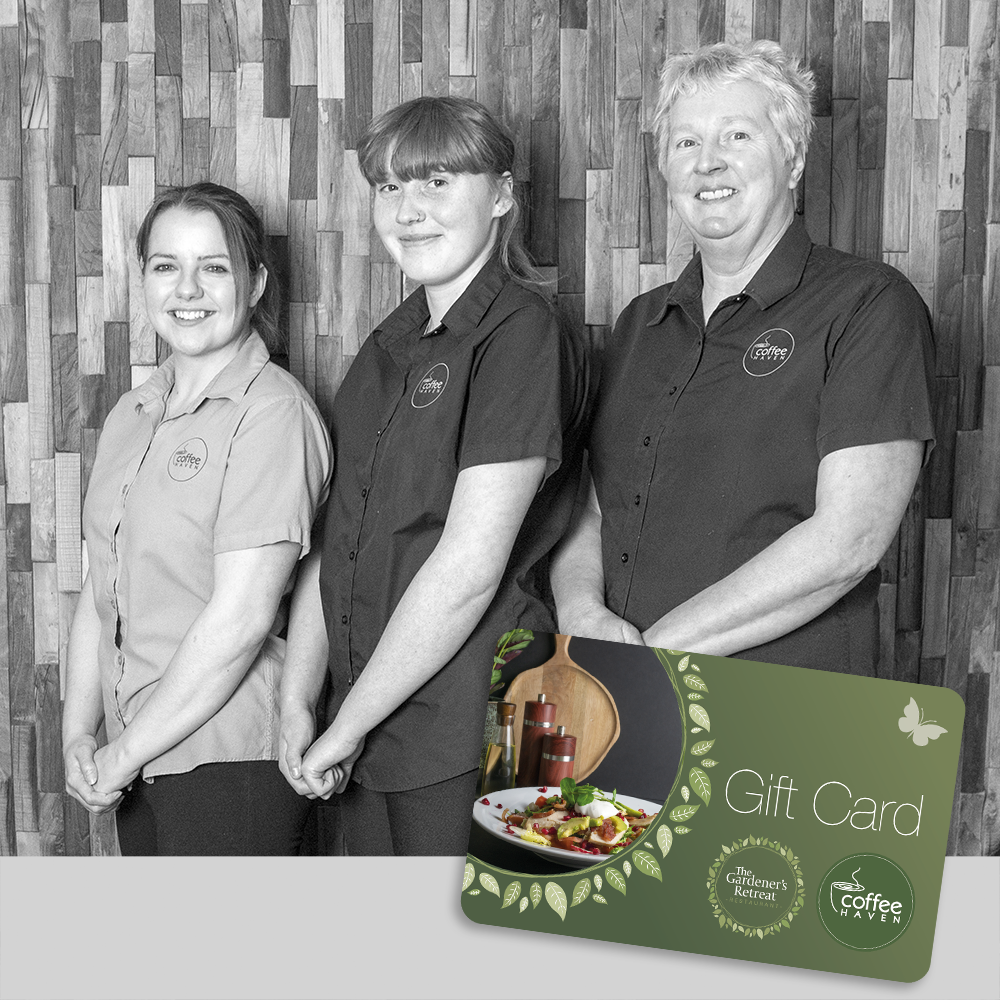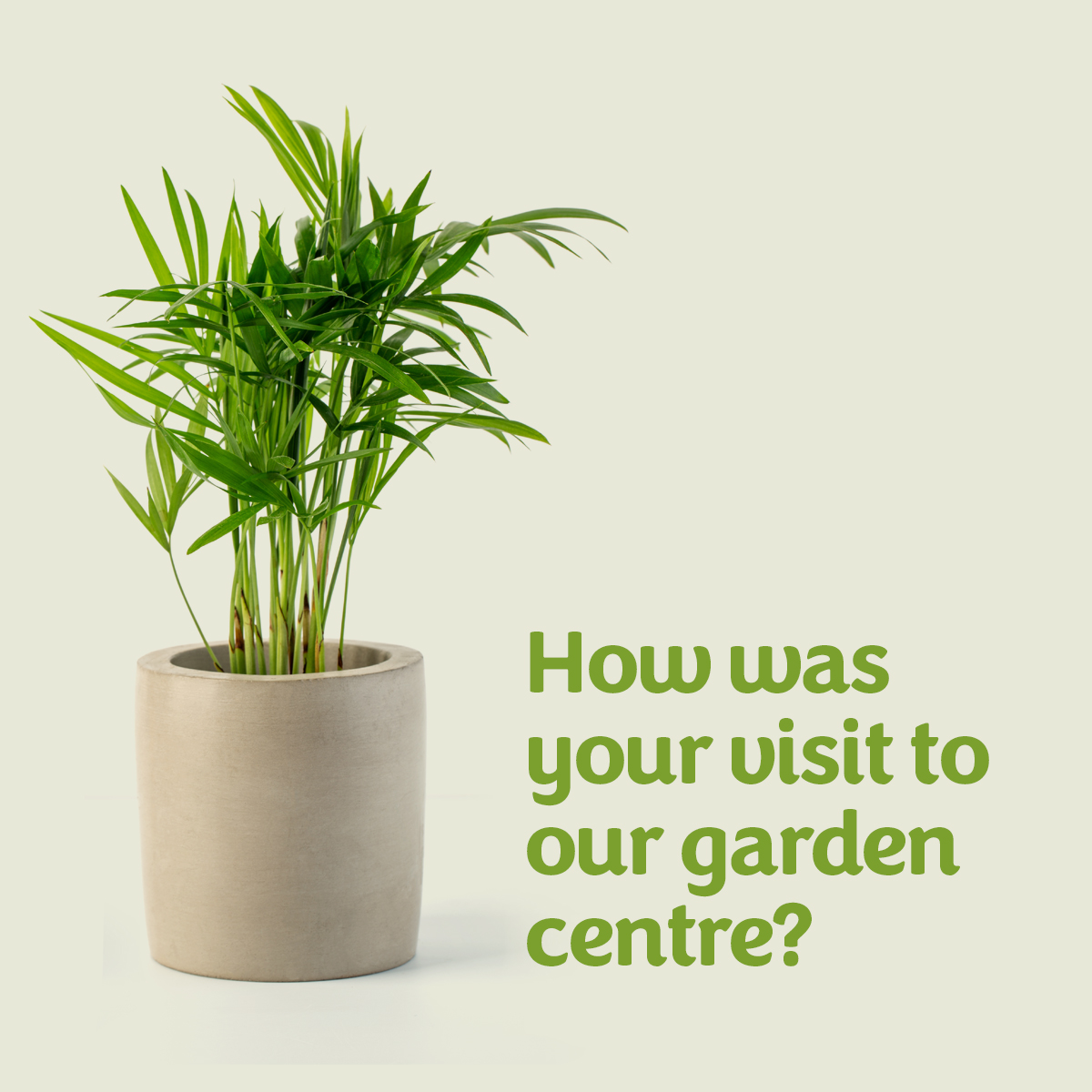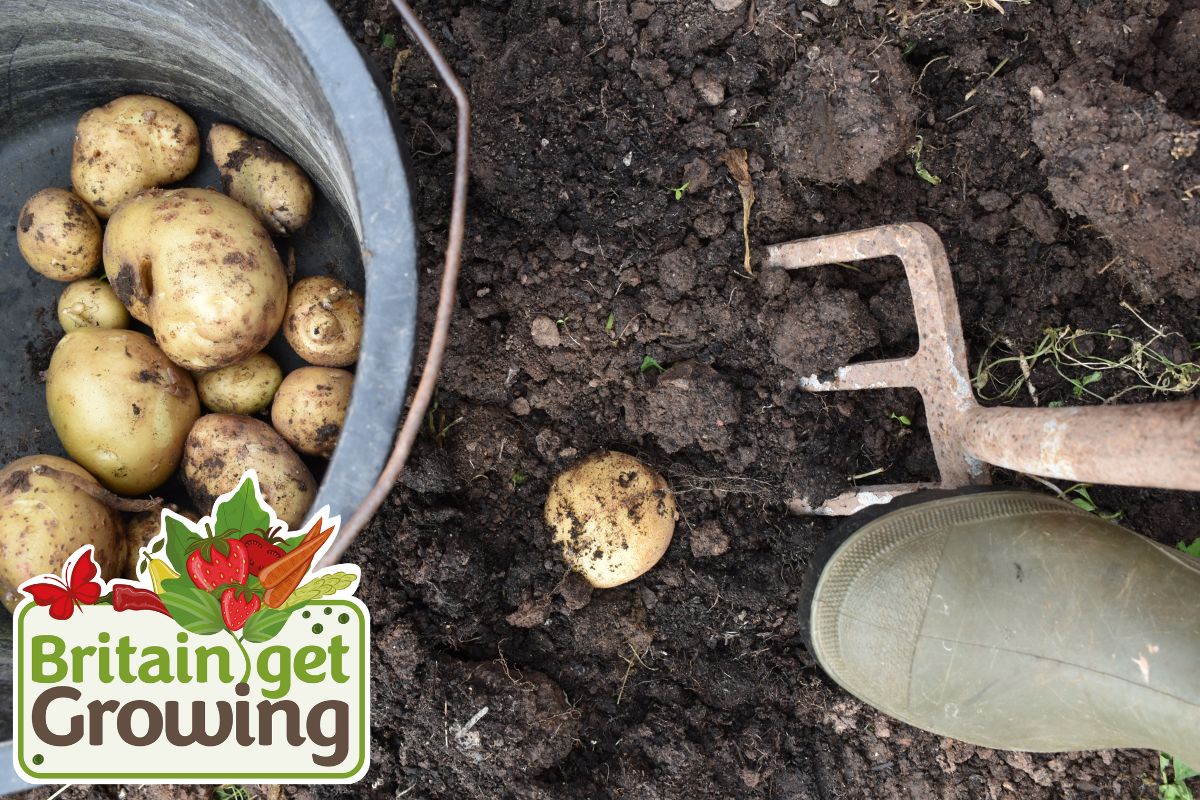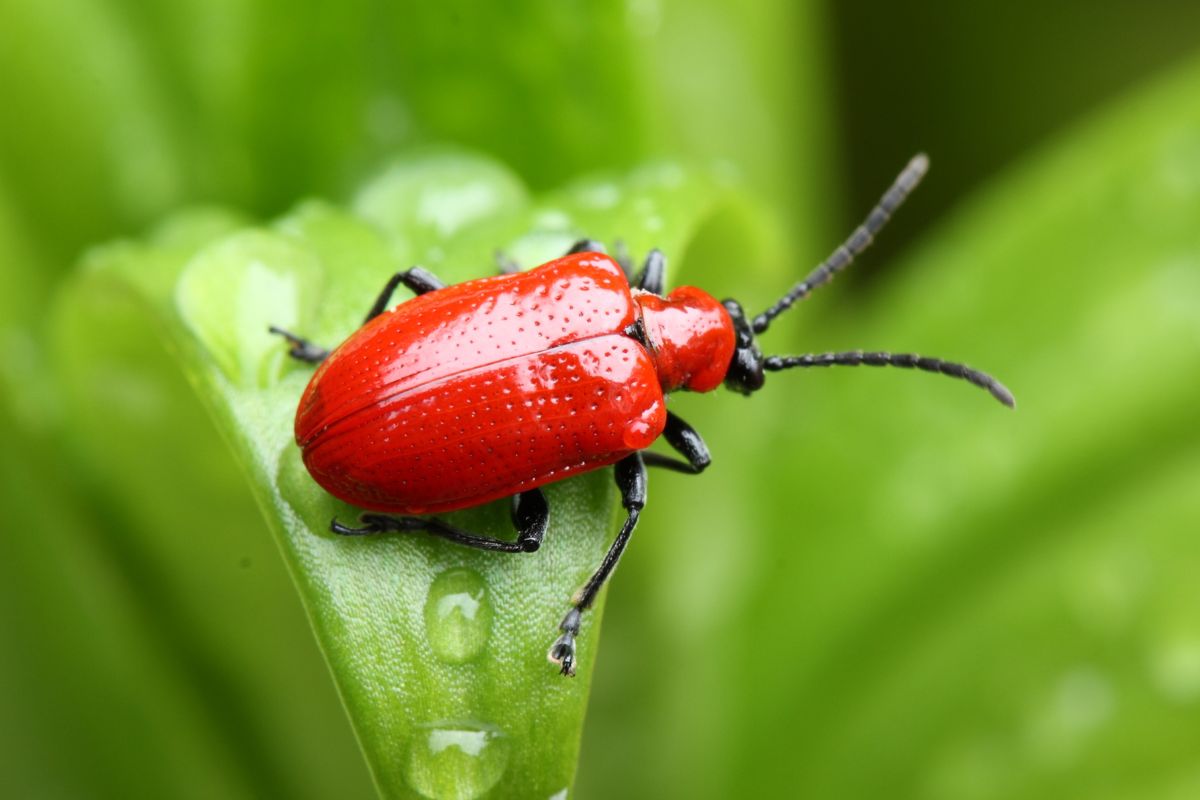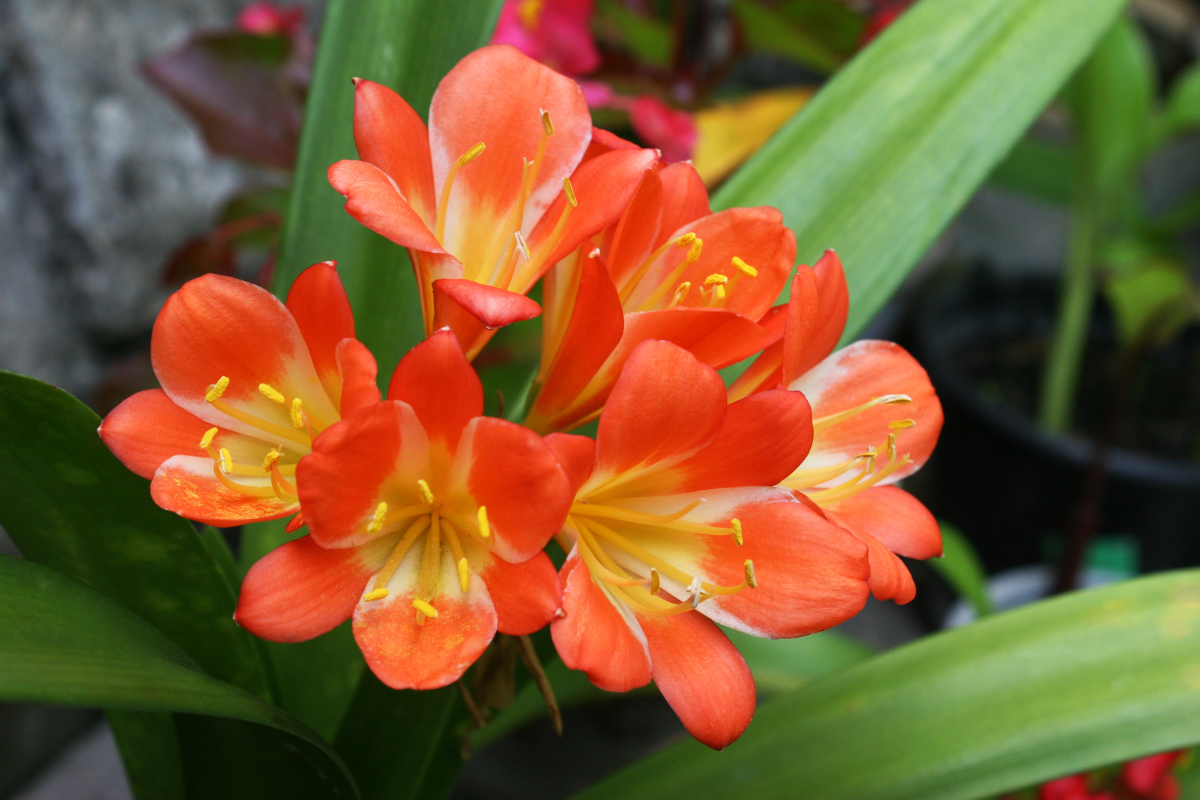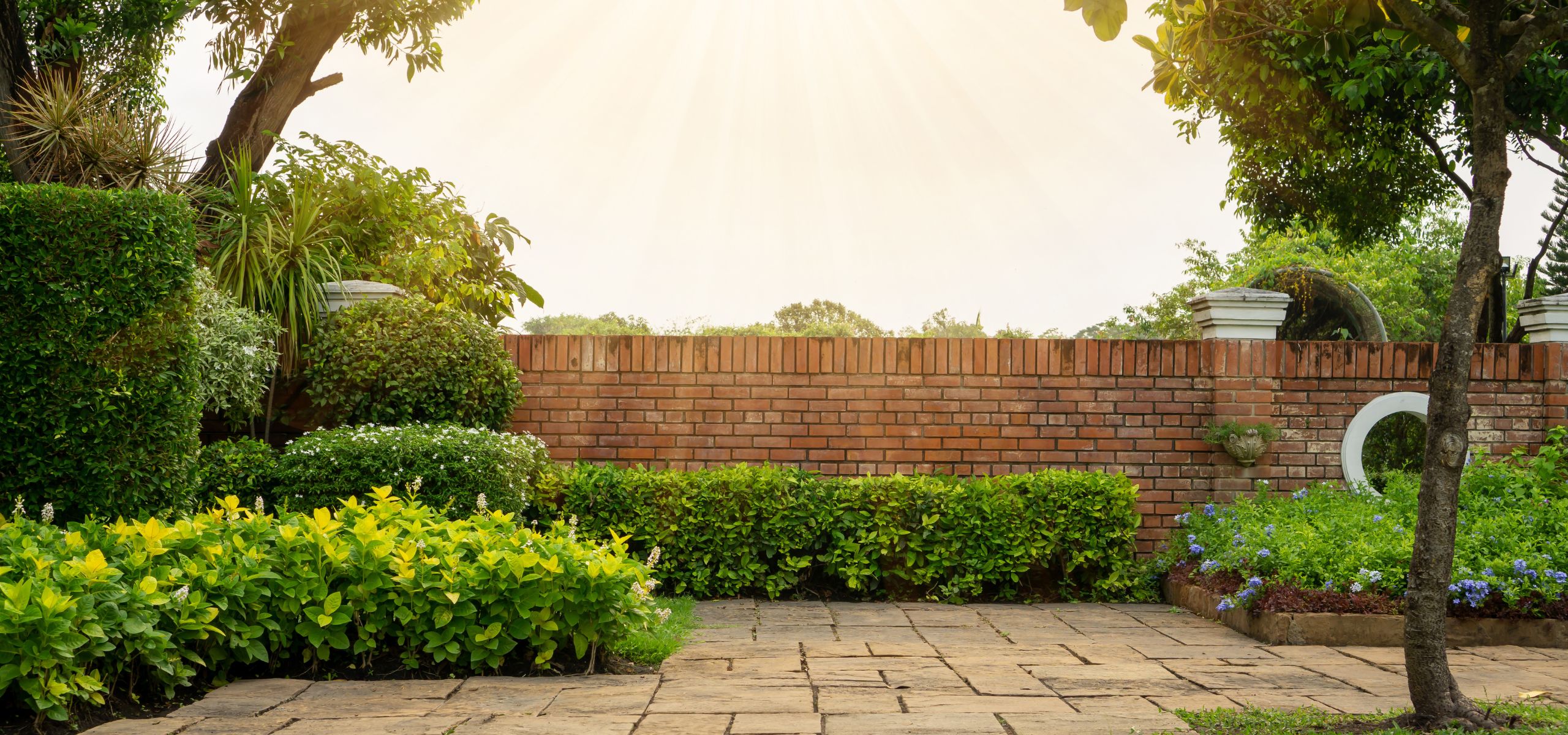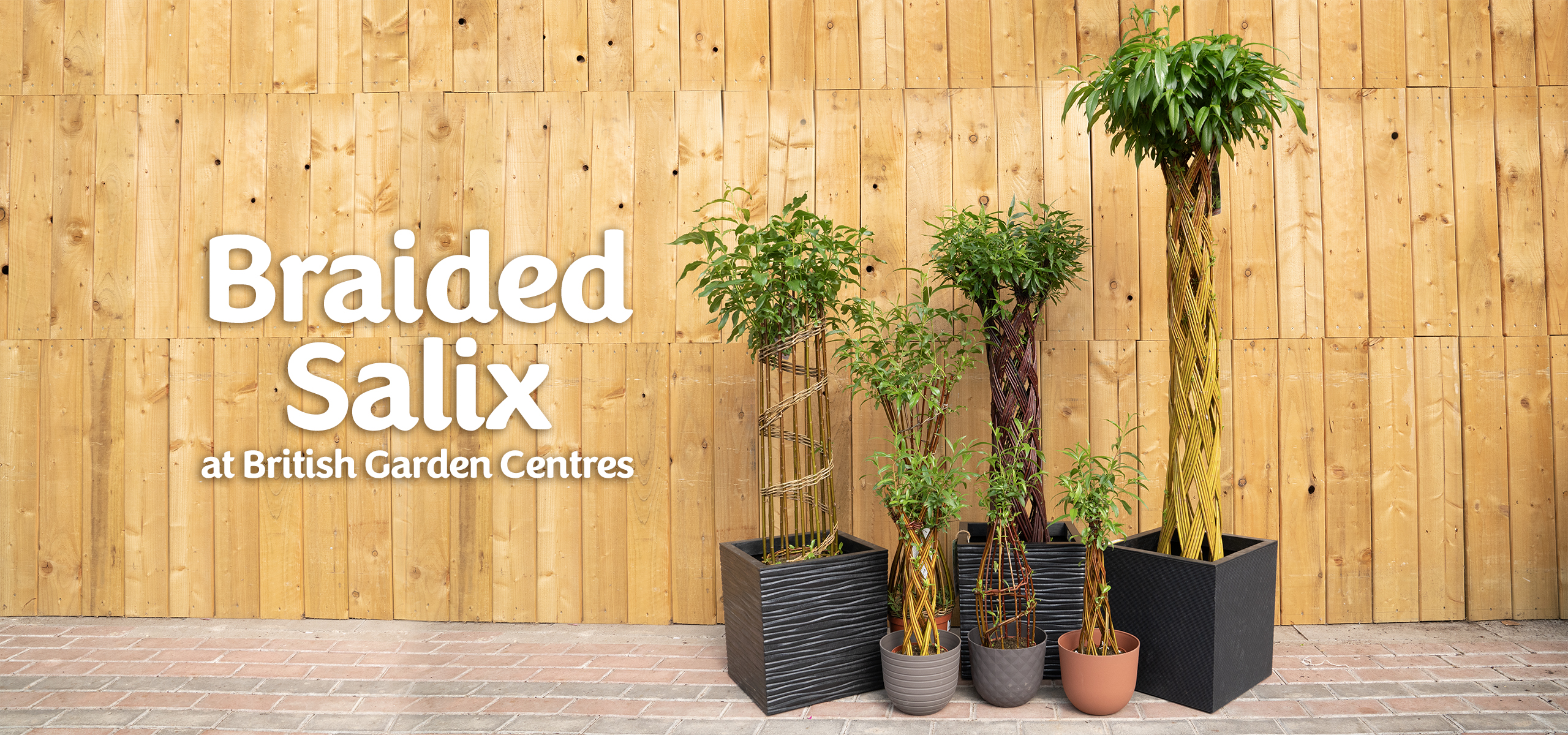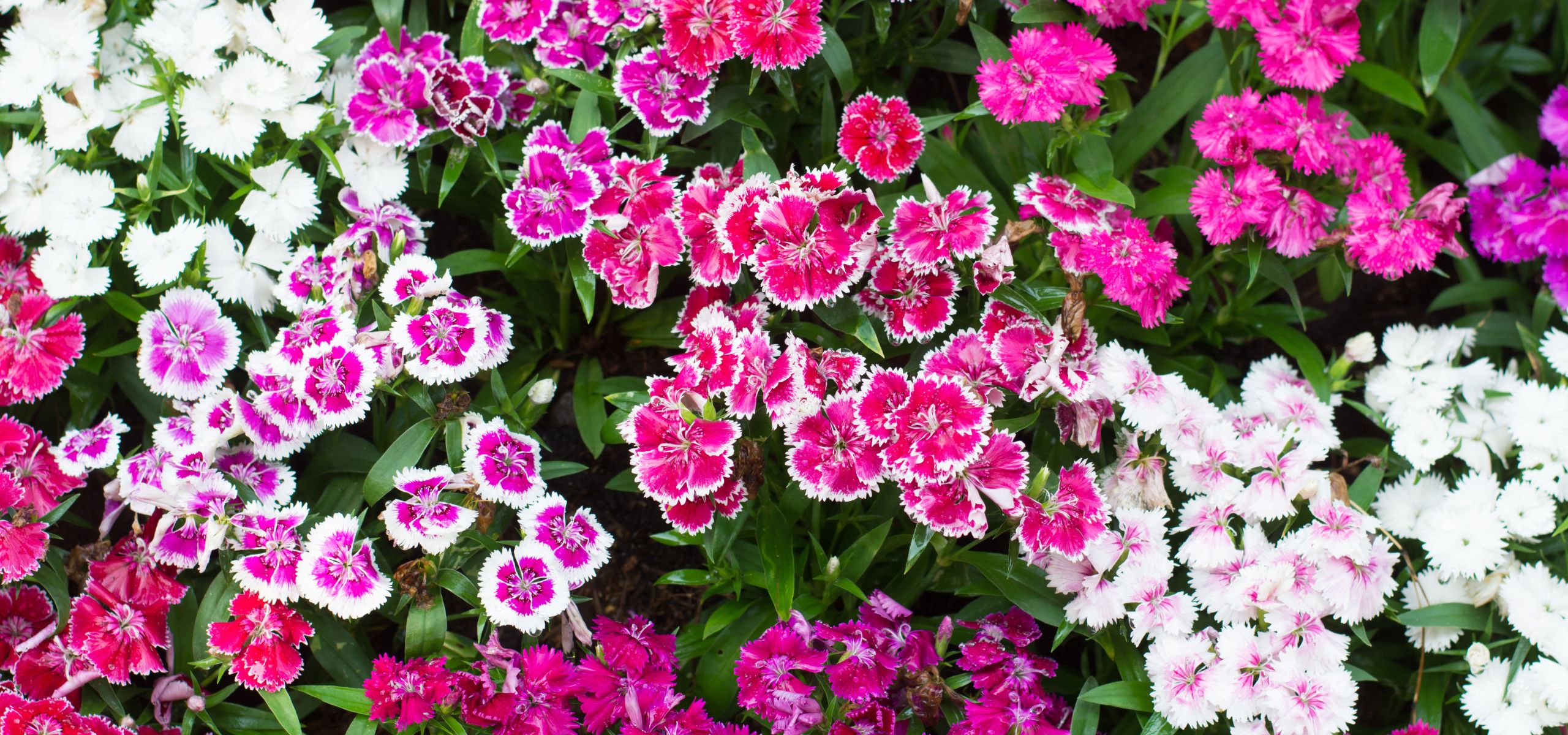Growing Seed Potatoes
For great crops, now is the time to plant your seed potatoes. There are other fruit and vegetables that you can start planting now. We will be creating a how-to grow series over the coming weeks and months with advice and expert tips from our teams. We are always here and happy to answer questions you may have about gardening and grow your own.
Early Crop
You should concentrate on the earlier types if you are short of space, and it is also worth remembering that earlies are less likely to encounter pest problems as they are lifted so much earlier in the year.
Early Seconds
Second earlies take 16 to 17 weeks to mature after planting, so you should be able to harvest them from very late June through to the start of August.
Main Crop
Maincrops are ready 18 to 20 weeks after planting, so they can be lifted from July through to October. Maincrops take up the most space in the garden, (not so suitable for containers,) they are the best varieties to grow if you want some for storage and a large harvest.
Growing potatoes.
Growing potatoes can be fun and rewarding. They are one of the easier vegetables to grow. You can grow potatoes in a small space in the garden or on your patio or balcony by growing them in bags or containers.
There are many different varieties, usually described as early firsts, second early and maincrop potatoes. These names tell you the order of crop and give you an idea of the space you will need, how closely and when to plant.
You should concentrate on the earlier types if you are short of space, and it is also worth remembering that earlies are less likely to encounter pest problems as they are lifted so much earlier in the year.
Second earlies take 16 to 17 weeks to mature after planting, so you should be able to harvest them from very late June through to the start of August.
Maincrops are ready 18 to 20 weeks after planting, so they can be lifted from July through to October. Maincrops take up the most space in the garden, (not so suitable for containers,) they are the best varieties to grow if you want some for storage and a large harvest.
What is Chitting?
Chitting your seed potatoes means encouraging the seed potatoes to sprout before planting. You can plant straight into warm soil 6-7 degrees centigrade. It is often beneficial to chit an early crop but not essential. It is a personal preference. Start chitting from January in warmer parts of the country or in February in cooler areas, about six weeks before you intend to plant out the potatoes.
• Each seed potato has a more rounded, blunt end and has ‘eyes’.
• Stand the tubers with the blunt end uppermost in trays or old egg boxes, with plenty of natural light.
• The potatoes are ready to be planted out when the shoots are 1.5-2.5cm (0.5-1in) long.
How do you plant your seed potatoes chitted or not?
Best to plant your seed potatoes when the soil has started to warm up, usually from mid-March or early April. Start by digging a trench 7.5-13cm (3-5in) deep, although the exact depth should vary according to the variety of potato you are planting. See packet for directions.
• Add a light sprinkling of potato fertiliser or Growmore or blood, fish and bone applied to the soil surface or spread along the sides of the trench before you begin planting.
• Plant early potatoes about 30cm apart with 40-50cm between the rows, and second earlies and maincrops about 38cm apart with 75cm between each row.
• Handle your chitted tubers with great care, gently setting them into the trench with the shoots pointing upwards, being careful not to break them. Cover the potatoes lightly with soil.
• As soon as the shoots appear, cover them with soil. Do this regularly to protect the shoot from frost. Each plant will have a small mound around it about 15cm or higher. This process also helps crop yield.
• Your potatoes should be ready for lifting from June until September, depending on the varieties and the growing conditions. Earlies can be harvested and eaten as soon as they are ready. Nothing beats that fresh steamed new potatoes with a knob of butter.
• Earlies will be ready when above-ground growth is still green, usually as soon as the flowers open. You can tease a look with a fork gently. If too small push gently back without breaking the growth and wait another week.
• Second and maincrop varieties can be kept in the ground much longer, until September, even though above-ground growth may well be looking past its best. Fork up as before and eat as you go, leaving crop in ground fresh to crop later.
• Two weeks before you lift the crop to store, cut the growth off at ground level. Giving the potato skins sufficient time to toughen up, making them far less prone to damage from lifting and length of life to store.
Growing potatoes in a container or bag.
It is easy to produce a healthy crop of potatoes in a space-saving bag or container. There is no earthing-up required, no digging and minimal mess. You can plant your seed potatoes in the bag, and wait for them to grow. Then crop by tipping out the bag/ container. Salad potatoes grow well in compost bags inside the greenhouse or a frost-free part of your garden.
• Plant potatoes in bags from February to April (depending on their type) for a crop between June to October. You can also plant successively to extend the harvest period.
• Bury two or three well-sprouted seed potatoes in the compost and add fertiliser around the edge about a third way up container. Any more potatoes and you will reduce the yield from each bag.
• Water well, two to three times a week, to ensure the compost never dries out. Once shoots breakthrough, every seven to 10 days or so, cover over with compost, until the bag or container is full.
Then harvest as before and find the buried treasure. Yum.
Helpful kit for planting Seed Potatoes.
Here are a few useful things we recommend from our online store.



